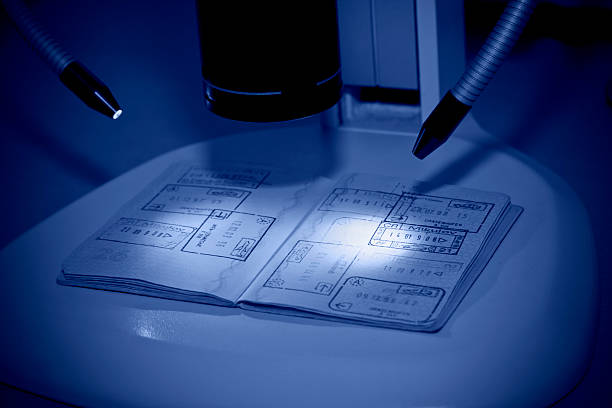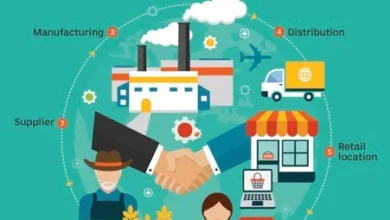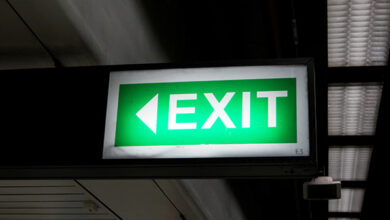Fake Documents Evaluation: Combat the Potential Risks of Identity Impersonation

The proliferation of fake documents has sparked a significant shift in how we perceive and handle information globally. In a world increasingly reliant on digital records and identity verification, the rise of counterfeit documents has catalyzed a revolution in security protocols. This evolution is about combating fraud and redefining trust in an era where digital identities hold immense power. From financial institutions to border controls and online platforms, the impact of fake documents has forced industries to adapt swiftly. It makes the authenticity and verification process dominant in our interconnected world.
Let’s examine the complete working mechanism of fake document checking and how the system can easily identify imposters by executing these procedures.
Dark Web Trends: Pricing of Counterfeit Documents in 2023
Fake documents that are physically made, like passports, often cost more on illegal online markets than scanned copies. For instance, a real Maltese passport might sell for around $4,000, while passports from other European Union countries go for about $3,000. On the other hand, scanned versions, like a fake Alberta driver’s license, could sell for as low as $140.
Understand the Major Difference between Forged and Fake Document
Forged and fake documents are both forms of deception, but they differ in their creation and intent. Forged documents are typically altered or fabricated with the intention of embodying authentic documents. This often involves manipulating existing documents by falsifying signatures, changing details, or creating counterfeit versions of official paperwork such as passports, contracts, or academic transcripts. The goal of forging a document is usually to deceive others into believing it is authentic, often for illicit purposes like fraud or identity theft.
On the other hand, fake documents are entirely fabricated and do not have any basis in reality. They are created from scratch without any genuine elements or references. Fake documents can include items like fake IDs, diplomas from non-existent institutions, or counterfeit currency. Unlike forged documents that may have some genuine components, fake documents are entirely deceptive by design. They are often used for illegal activities such as smuggling, counterfeiting, or creating false identities. The major difference between forged and fake documents lies in the level of deception involved, with forged documents manipulating real elements while fake documents are entirely fabricated.
Complete Working Mechanism of Fake Document Checking
The process of verifying fake documents involves several steps to ensure their authenticity and reliability:
- Visual Inspection
The process starts by visually analyzing the document for any signs of alterations or tampering, including colors, logos, layouts, and potential errors.
- Security Features
Next, using specialized tools and UV light, the fake document checker analyzes security features like holograms, watermarks, microprints, and UV markings. Professionals do this to find difficult-to-replicate hidden features.
- Document Details
The credentials on the document are cross-checked with authentic databases and references to verify personal details, identification numbers, and expiration dates. It is usually done to identify the fake document by verifying its accuracy.
- Paper and Printing Quality
The quality of the paper, ink, and printing techniques is assessed to distinguish between authentic and forged documents. Valid documents are made of high-quality paper and forged documents may have inferior quality.
- Comparative Examination
The document is compared with authentic templates, which are saved in the authentic databases, to identify any alterations or discrepancies.
- Digital Verification
Online document checkers use barcode and QR code scanners to validate electronic signatures and certificates more accurately than manual checks. The online verification system is more authentic than the manual one because it is time-saving and more accurate as it utilizes robust technology such as machine learning algorithms and artificial intelligence.
- Expert Examination
In cases of severe forgery, forensic techniques utilizing AI and machine learning algorithms are employed for in-depth analysis. The fake document checker online scrutinizes the document using robust technologies to identify illicit activities.
- Compliance Checks
Legal requirements, including KYC and AML protocols, are followed to ensure a secure verification process. KYC and AML procedures are conducted to secure authentication. After document checks, the final results are recorded with the proper date and time to reduce the effects of identity theft.
After completing the verification, the results are recorded with dates and findings to prevent identity theft in the future.
Final Verdict
The process of checking fake documents is crucial in safeguarding against fraud and maintaining the integrity of official records. Organizations can significantly reduce the risks associated with counterfeit documentation by employing thorough visual inspections, verifying security features, cross-checking details with authentic sources, and utilizing advanced digital verification techniques. Compliance with legal requirements, such as KYC and AML protocols, further strengthens the verification process and contributes to a more secure environment. Ultimately, vigilance and diligence in checking fake documents are essential for upholding trust. It also helps prevent identity theft and ensure the reliability of information across various sectors and industries.



